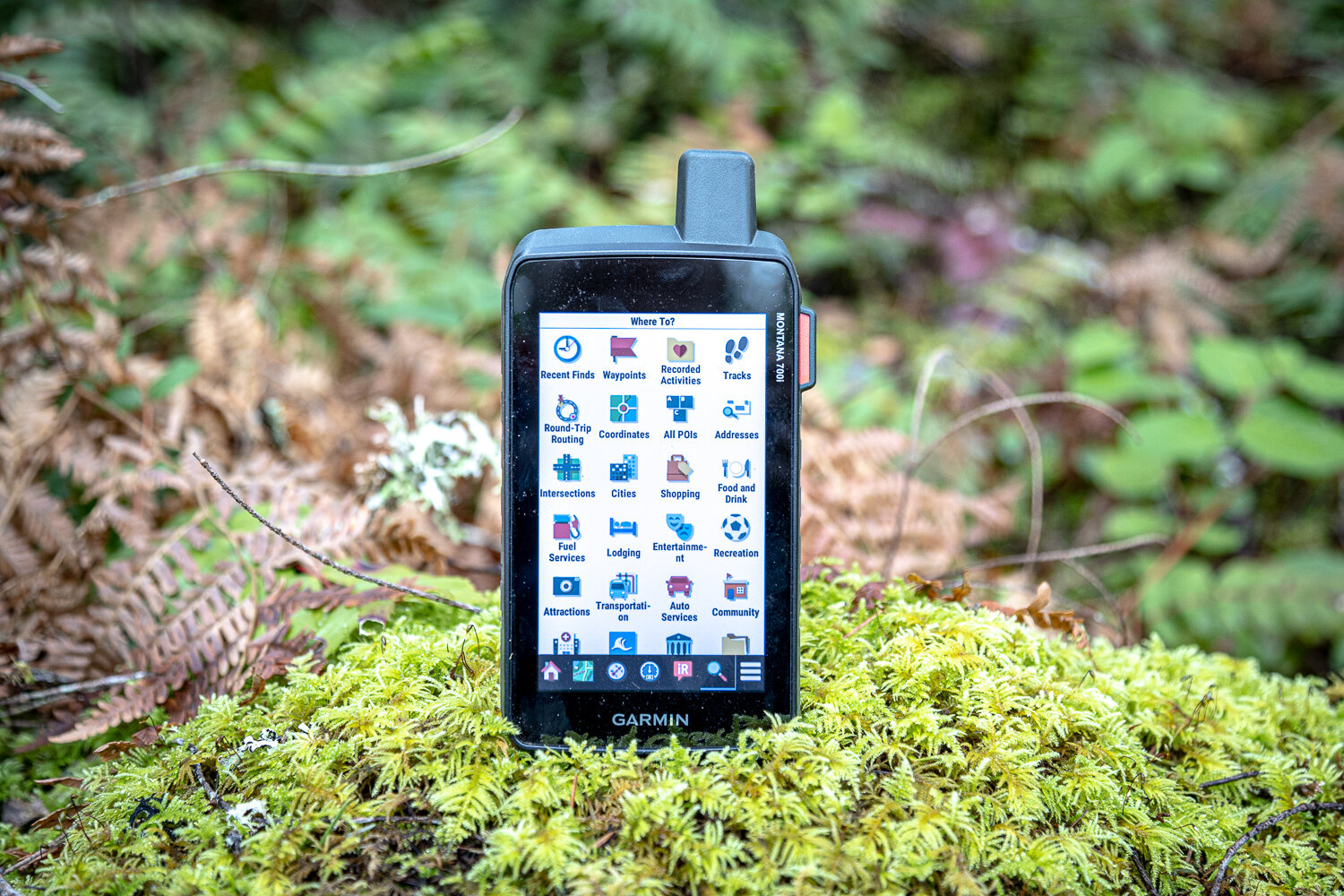
Summer Safety
I’ve written several times in past blogs about staying safe doing winter photography. That advice comes from having lived in Maine for ten years, visiting Yukon territory at -40F several times, shooting from f-f-frigid mountaintops, and camping in Antarctica and the sub-Arctic.
But what about summer? A reader pointed out to me last year that I neglected this topic and it’s been on my mind to offer some advice. My recent trip to Hawaii reminded me that this might be a good time to put down some of my suggestions for you and your camera staying safe in hot weather.
I remember one time I was on assignment in Egypt’s western desert when two of my camera bodies ceased working in 120F heat. Another summer assignment when I was in, of all places, Okanagan, Canada when the temperature surprisingly rose into the high nineties and scorched my sensor.
I’ve developed a list of recommendations that I’ll pass on. Some are obvious, others maybe less so. I’d love to hear your comments and any additions you may have to my list.
- Wear sunscreen and apply it liberally. Even if you think you will only be out for a few minutes, that is the time you will notice a scene that you can’t pass up.
- Next on the list is insect repellent. Diseases like Lyme or mosquito borne illnesses are no fun.
- Wear a hat, it helps.
- Carry a bandana with you. It can protect your neck, bind a wound, keep your head cool when wetted, and cover your lens between shots. There have been times when I’ve been out shooting in deserts or dried mud flats in sustained winds when I could not have breathed without one.
- Never place a black cloth over your camera mounted on a tripod in full sun and walk away for three hours. That’s what fried my sensor in Okanagan!
- Always take water with you.
- Carry a lightweight camera/lens stuff sack. It will protect your camera system during dry and dusty summer conditions. REI , Amazonand other outlets carry them. You may want two to accommodate different camera-lens combinations. They weigh near nothing and take up little room.
- Wear good footwear. I can’t begin to tell you how many times I have seen photographers wearing flip-flops in hazardous conditions, like lava rocks (and, yes, even hot lava!!).
- Don’t leave your camera in a hot vehicle.
- When leaving your gear in an unattended, shaded vehicle while you are out shooting, invest in a Pacsafe (or other brand) that allows you to insert your bag or case into a titanium wire mesh and lock it. It comes with a rugged case, lock and keys. I use it on every trip I take. Peace of mind feels good while you shoot.

- If you are going on a long hike or multi-day adventure, carry a GPS device with you and know how to use it. Pay the modest monthly fee to include a built-in emergency satellite beacon that patches you into rescue units immediately. I depend on the Garmin Montana 700i.
- Speaking of safety, let friends and/or family know where you will be hiking and when they can expect you back.
- It’s a good idea to carry a multi-tool on your belt or in your pack. Make sure it has an onboard pliers. Personally, I like the Leatherman Signal. It comes with a nice belt case.
- Research hazards, both natural and man-made, before you go. In Australia, for example, it’s a good idea to wear ankle-shin guards when hiking in some areas to protect against venomous snake bites.
- If you will be in bear country, carry bear spray and know how and when to use it. Also know how to avoid and prevent bear incidents. Wild animals are not pets.
- Layer up. It’s one thing to go out in hot weather with just a short sleeve shirt and shorts. It’s quite another when you are involved in an accident and night temperatures plummet.
- Take healthy snack food with you.
Once you gather your summer photography kit together, you won’t have to think about it. You’re free to just go out and create. Have fun!